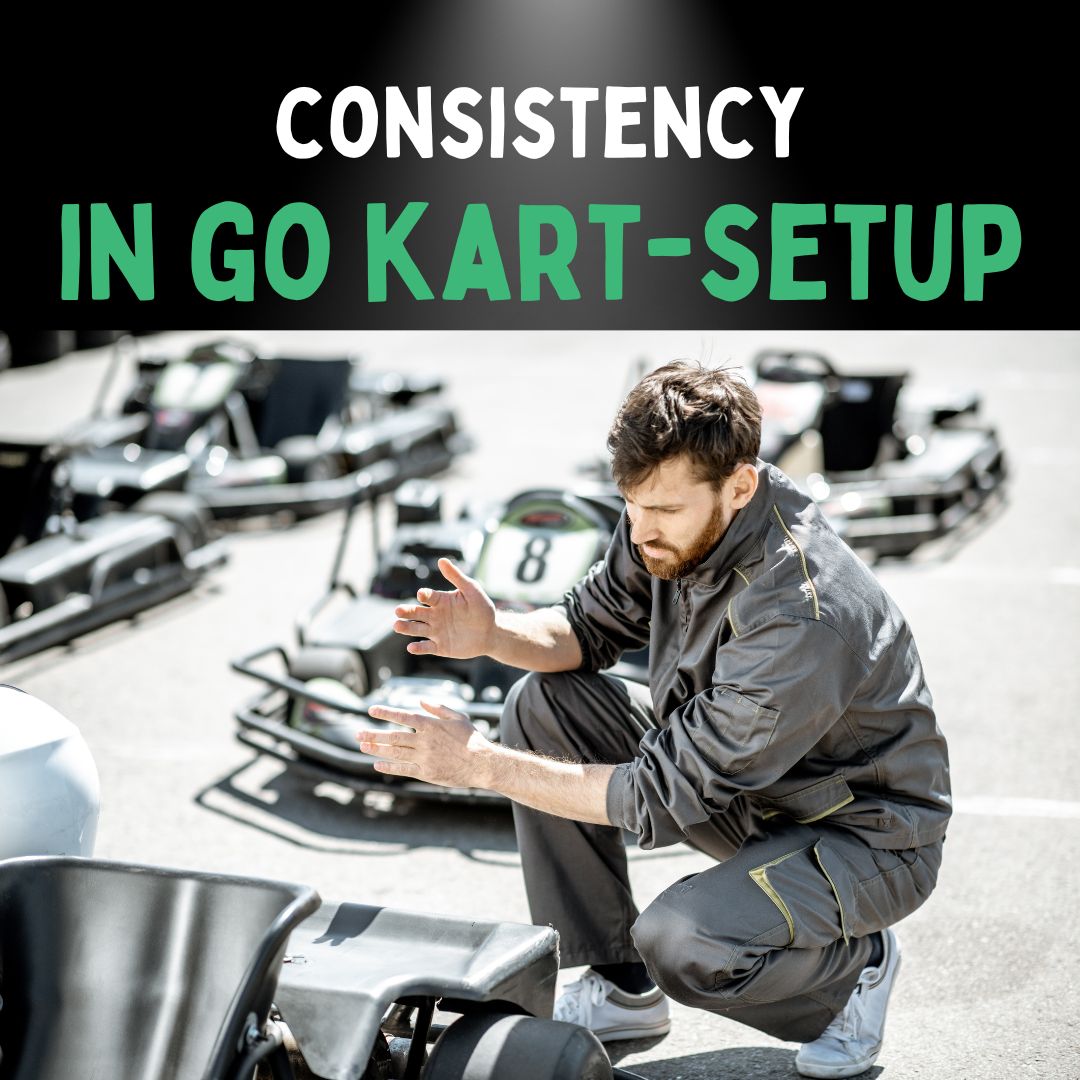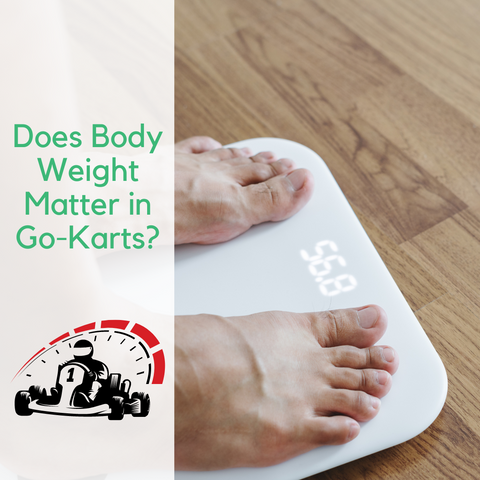
Updated: 25.4.25
When it comes to the high-speed, adrenaline-packed world of go-kart racing, every detail matters.
Whether you're a passionate karting hobbyist, a weekend warrior, or even considering the business of karting, understanding the importance of a consistent go-kart setup is essential—not only for maximising performance but also for ensuring safety on the track.
Driver Training and Consistency
The Significance of Driver Consistency
Consistency is just as important as speed. Winning races isn’t just about going fast—it's about hitting your marks lap after lap. Focus on learning how to push your kart to its limits consistently before chasing setup changes.
Practice and Control
Before making any mechanical changes, master your kart’s current setup. The ability to consistently drive at the edge of performance is what creates a foundation for smart, effective tuning.
Kart Setup and Tuning
The Art and Science of Setup
From seat position to chassis jacking and tilt, every adjustment affects weight distribution, handling, and control. Tuning your kart is both an art and a science that starts with understanding the basics of your chassis.
Methodical Changes for Improved Performance
Once driver consistency is established, it’s time to make small, methodical changes to the setup. Avoid drastic shifts. Instead, tweak one element at a time to truly understand how each adjustment affects the kart’s behaviour.
Understanding Weight Distribution
Weight distribution is crucial for grip, balance, and lap time. Tailor the setup for both the track and your unique driving style.
Technical Aspects
Optimising Ground Absorption
Without suspension, a kart’s setup plays a huge role in absorbing track vibrations. Focus on seat placement, tyre pressure, and chassis flexibility for smoother control.
Understanding Track Conditions
Each track presents different grip levels and surface challenges. Understanding how setup changes behave under different conditions is key to mastering adaptability.
The Role of Aerodynamics
Even in karting, aerodynamics matter. Adjusting front spoilers, pods, and driver posture can improve straight-line speed and corner stability.
Key Components of a Go-Kart Setup
Engine Tuning and Maintenance
The engine is the kart’s heart. Keep it sharp with routine checks: fuel system, air filters, spark plugs, and cooling systems. A well-maintained engine means consistent performance and fewer surprises on race day.
How Consistency Improves Performance
Data Analysis
Grip vs Speed
Balancing grip and speed is a delicate dance. Increase grip, and you might lose speed. Increase speed, and you risk losing grip. Find your kart’s sweet spot through tyre choice, pressure, and weight shifts.
Setup for Driving Style
Your setup should complement how you drive—whether you’re aggressive on corner entry or smooth through transitions. Tailoring your kart to match your style delivers confidence and control.
Common Mistakes to Avoid
Inconsistent Driving
Setup changes are useless without consistent driving. Nail your lines, braking points, and throttle control before chasing adjustments.
Neglecting Maintenance
Loose bolts, dirty filters, or worn brakes can sabotage your performance. Check everything—every time.
Lack of Practice
There’s no shortcut. Track time equals knowledge. The more you drive, the more you’ll understand how setup changes impact your kart.
Chassis Types
Offset Chassis
Great for oval tracks or layouts with dominant left-hand corners.
Straight Chassis
The all-rounder. Ideal for circuits with mixed turns and varying conditions.
Caged Chassis
Safety first. Perfect for rentals or beginner racers seeking extra protection.
Open Chassis
Lightweight, aerodynamic, and built for competition—but requires precision and skill.
Tyre Choices
Tread & Size
Slicks for dry. Knobbies for rough. Match the tyre to the track and kart spec.
Track Conditions & Maintenance
Inspect for wear, manage pressure, and replace when grip drops. Tyres are your only contact point—treat them with respect.
Conclusion
Consistency in go-kart setup isn’t just good practice—it’s essential. It brings out the best in your kart and your driving, unlocks performance gains, and keeps you safer on the track.
Whether you're racing competitively or just for fun, a well-maintained, well-understood setup is your ultimate performance weapon.
Get in Touch
Loved the read? Have questions or want to kit up your little racer?
We’re here to help—explore our Go Kart collection or chat with us live on RiiRoo.com.
Until next time, stay consistent and keep your wheels turning! 🏁








Share:
Why It's Important to Visualise the Go Kart Track
Understanding Go kart Track Conditions